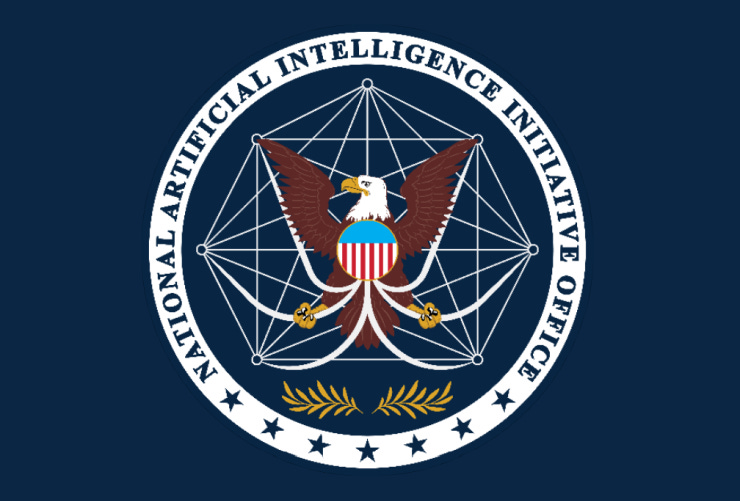AI Governance in the US - so much more than R&D
Looking at existing AI governance measures in the United States and considering the path ahead
This is the second of a series of articles I’ll be writing that look at recent developments in AI policy. The first covered China’s recent AI ethics guidelines, while this one looks at AI strategy and governance measures in the US.
Intro
A look at the first appearances of Big Tech executives on Capitol Hill (such as Mark …



